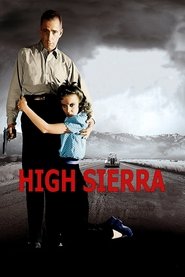Though much of it is taken up by morose exchanges between its characters, High Sierra maintains a fleet sense of movement. Many of the film’s scenes are stitched together with quick fade-outs, which reflect the headspace of a protagonist who’s always brooding about his lot in life but never truly ruminating on the choices that got him here.
— Jake Cole (Slant Magazine)
This [ending/death] spectacle is witnessed by gawking crowds and narrated in purple prose by a radio announcer, turning the scene into a metacommentary on the American myth of “the gangster as tragic hero,” as Robert Warshow titled his 1948 essay.
— Imogen Sara Smith (Criterion)

